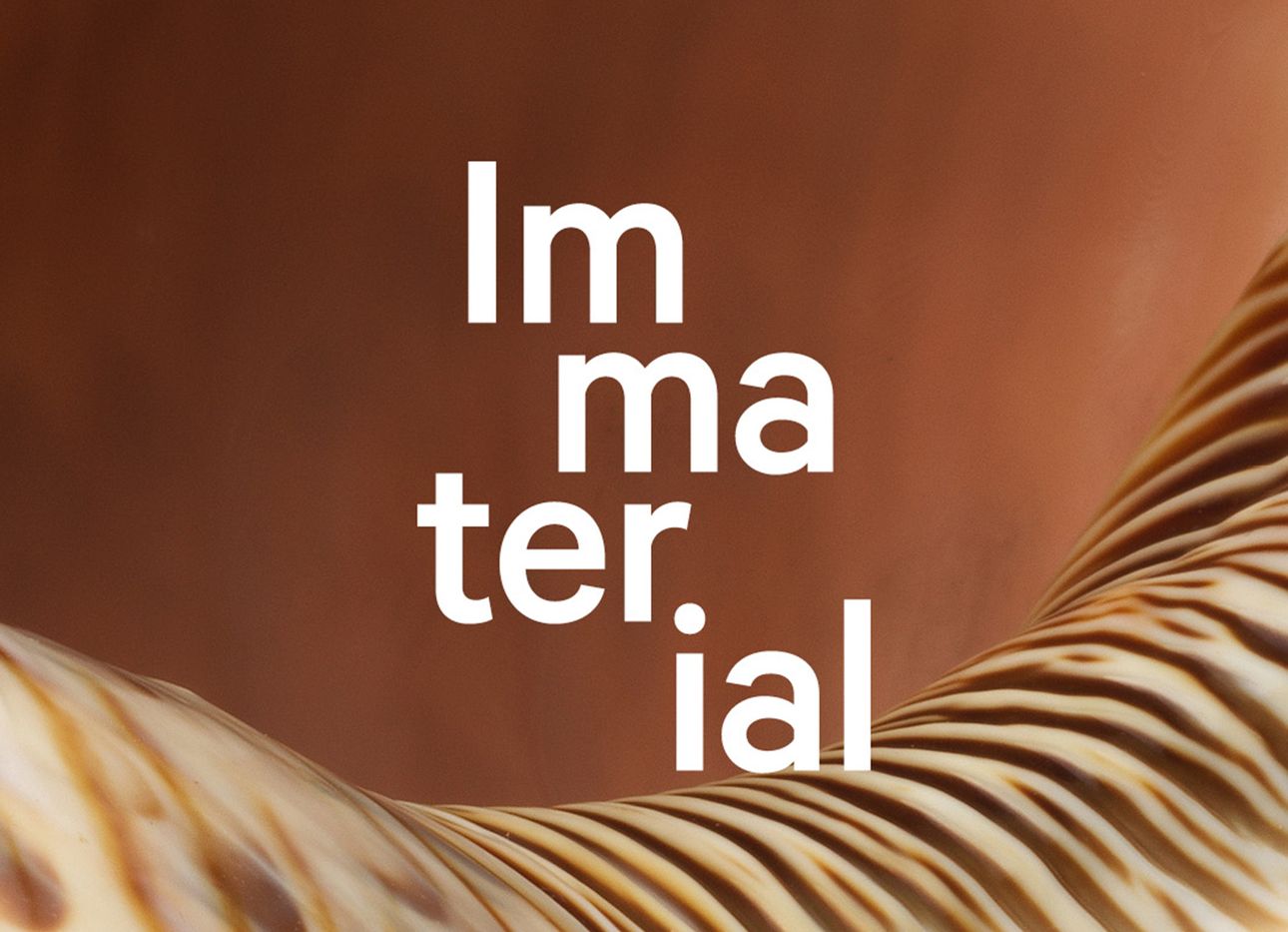
On the Metropolitan Museum of Art’s New Podcast, Materials Get the Spotlight
On any visit to New York’s Metropolitan Museum of Art, a certain sense of abundance weighs. Works by Rothko, Calder, and Rashid Johnson rest only a quick walk from rooms stuffed with the shadowy canvases of Caravaggio and Rembrandt, which spill into sun-soaked halls of classically sculpted marble figures, which then carry over into, say, the living room of Frank Lloyd Wright’s Francis W. Little House (1912–14) or the glass-walled, light-filled atrium containing the Temple of Dendur (15 B.C.). The museum is indeed a lot to take in. And while trying to process this aesthetic overstimulation, one can be forgiven for looking past the many materials these works are made of and from. For this, there’s now the institution’s new Immaterial podcast.
Hosted by writer and poet Camille T. Dungy, Immaterial takes up a different art material as the subject of its bimonthly, 40ish-minute installments. At the time of this writing, only the first two episodes have been released. Focused on paper and concrete, respectively, they’re presumably an intentional juxtaposition of the most ephemeral and, well, concrete of substances.
The episodes aren’t expository so much as a game of free association, with a material as prompt. In the first episode alone, about paper, everything from comic books, to Gilded Age belly-dancing celebrities, to bespoke Valentine’s Day cards, to Bangladesh’s War of Independence comes up. Dungy explores the material not by, as one might assume, walking the listener through a linear history of its uses and maybe zooming in on one or two of its more colorful moments, but by rotating through a cast of artists, curators, academics, and the like as they discuss their personal views on the material’s significance.
This method can take Dungy into intensely personal territory, like when the artist, activist, and visual artist Taz Ahmed talks with her about her mother losing a beloved collection of Archie comics in the process of fleeing Pakistan, teaching her that paper— specifically books—tend to be the first things we leave behind. Her approach also opens the floor for plenty of philosophical musings, like when conversations with a professor on the contradictory physical qualities of concrete feed into thoughts on the material’s architectural symbolism as both a utopian promise of the future and a reminder of the failures of that promise. Technical discussions—the methods by which these materials are made and how they’ve come to be—figure into the episodes, too, but they’re peppered between personal stories and perspectives that make up the meat of the show.
This personal approach serves as an additional means for peeking behind the Met’s curtain and into the maze of facilities and specialists that keep the world’s fourth-largest art collection running. Paper conservators, resident chemists, department of ephemera associates, and valentine card researchers are only some of the institution’s many denizens who take time to shed light on their highly specialized corners within the museum.
All this makes for a not necessarily comprehensive, but nevertheless satisfying and engaging, rumination on what goes into art. Dungy does an admirable job of exploring the significance of these materials in ways that extend beyond the museum’s halls. She shows how, in no uncertain terms, we can see with fresh eyes and a broader imagination the everyday objects around us.